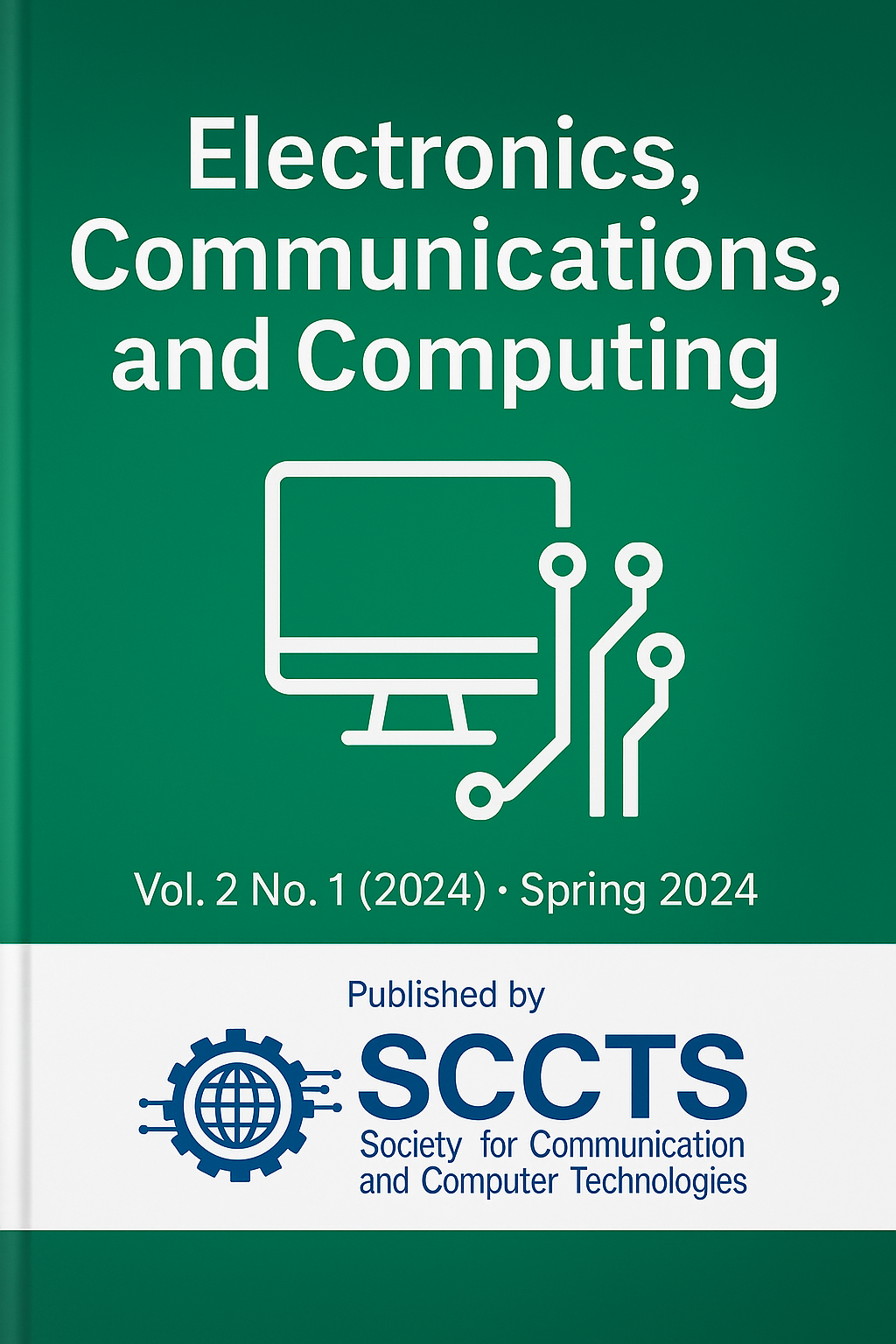Next-Generation Semiconductor Materials for Next-Gen Electronics Applications and Flexible Systems
Keywords:
Flexible Electronics, Next-Generation Semiconductors, Two-Dimensional Materials (MoS₂, WS₂), Amorphous IGZO, Organic Semiconductors (P3HT), Hybrid Perovskites, Thin-Film Transistors (TFTs), Strain-Endurance, Solution-Processable Materials, AI-Assisted Material DiscoveryAbstract
The advent of bendable and wearables electronic systems has sped the need of next-generation semiconductor materials which could provide superior electrical properties and mechanical flexibility at the same time. The traditional rigid semiconductors which include crystalline silicon have good electronic characteristics but a low strain tolerance, thus, cannot be utilised in flexible devices. To overcome this shortcoming, scientists have investigated other material platforms incorporating organic polymers, amorphous metal oxide semiconductors, two-dimensional (2D) materials and hybrid organic-inorganic perovskites. This paper has a thorough comparative review of the structural, electrical and mechanical properties of four prime categories of new semiconductor materials, i.e., poly(3-hexylthiophene) (P3HT), indium gallium zinc oxide (IGZO), molybdenum disulfide (MoS 2 ) and methylammonium lead iodide (CH 3 NH 3 PbI 3 ).The approach perused in this study was the fabrication of the materials using spin-coating, chemical vapor deposition (CVD) Electrical characterization and mechanical bending testing were used to test performance metrics of charge carrier mobility, optical transparency, thermal stability, strain endurance. An a-IGZO based flexible thin-film transistor (TFT) was fabricated and it exhibited the stable switching characteristics under 1000 bending cycles. Also, a bendable MoS 2 -based pressure sensor supports a sensitivity of 4.2 k Pas -1 with a quick response time of 60 ms. Nevertheless, the problems of such nature as the gear destruction of the environment, interface engineering, and the production that can be scaled remain. The paper is summarized by addressing possible avenues of progress which are instrumental towards bringing flexible electronics in the coming generations such as integration of bio-inspired hierarchical structures, machine learning based optimization of materials and streamlining the capabilities of two or more compared semiconductors by means of hybrid architectures.



